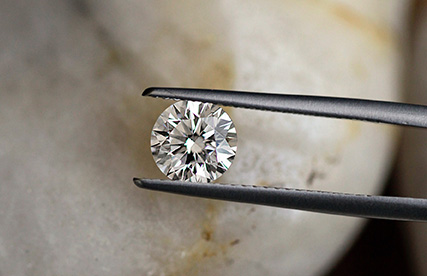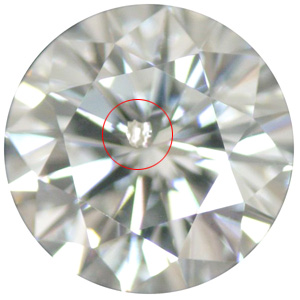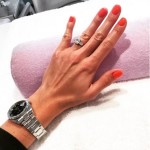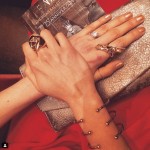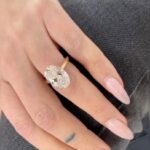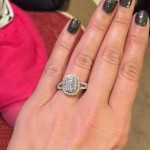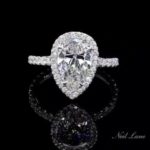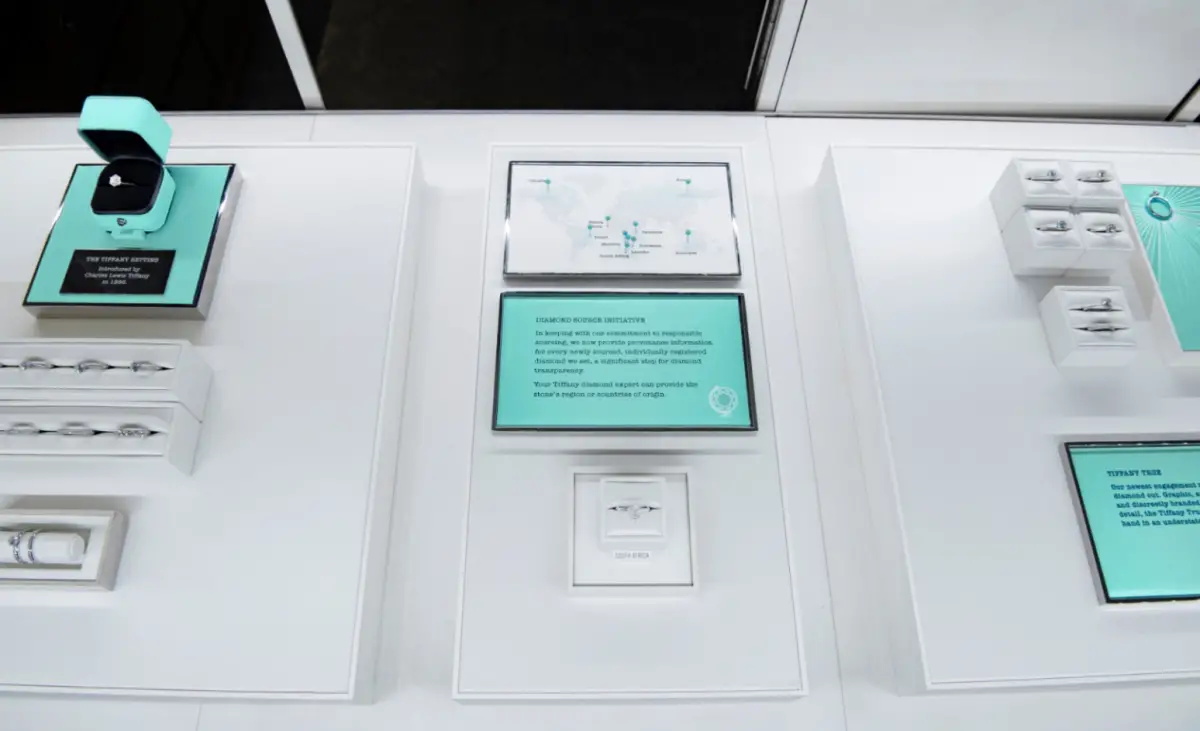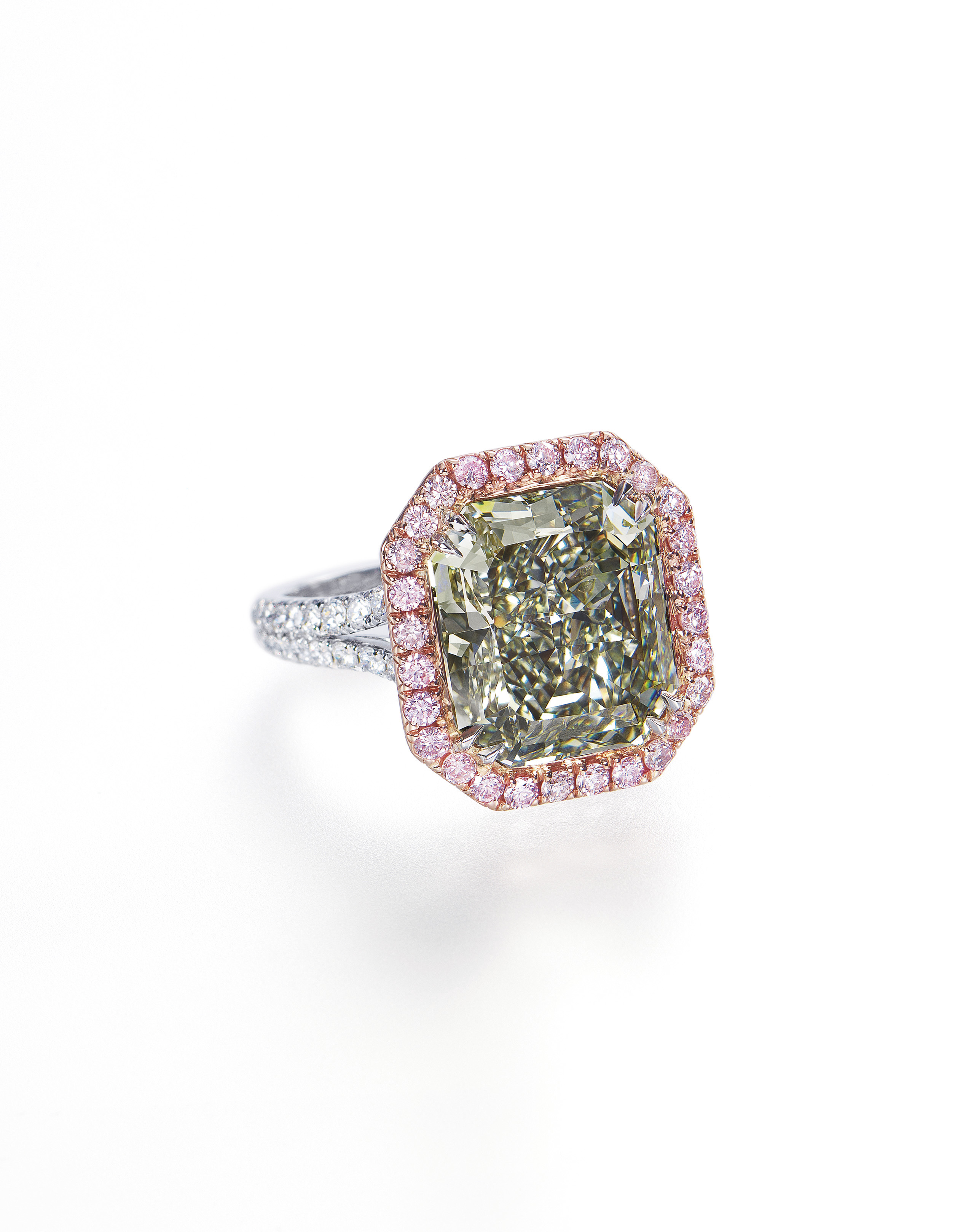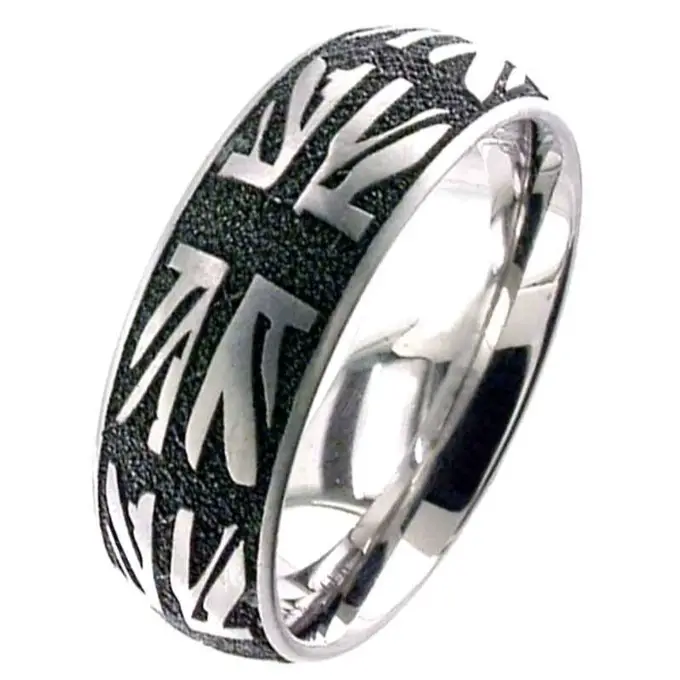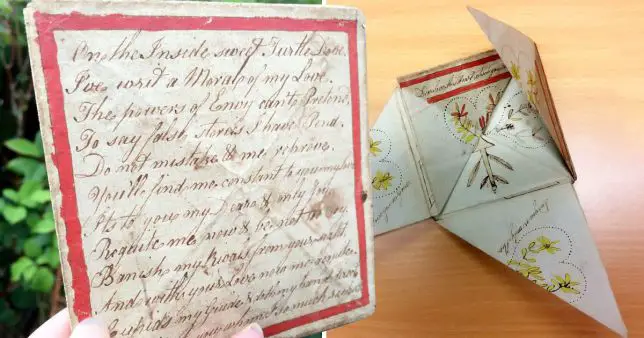If you’re currently in the market for an engagement ring, you’ve probably realised that sometimes jewellers speak in codes. When showing you a diamond, a string of letters and numbers like ‘VVS2’ or ‘IF’ can come out of their mouths along with colours like ‘D’. Confused? Don’t be. Here’s what they mean!
Diamond Grading
The Gemological Institute of America is the leading authority on diamond and gemstone grading. Jewellers, wholesalers, suppliers and buyers all over the world send their gems to the GIA’s laboratories. Their expert gemologists examine them in minute detail and then compile a grading report and certificate of every last aspect of the gem, largely focused on 4 key areas; its carat size, colour, clarity and cut (in other words, those 4Cs you’ve been hearing so much about).
That certificate stays with the diamond for the rest of its journey and will be given to you when you purchase it. It is undeniable proof of the quality of your diamond and also contains detailed information about what makes it unique. This certificate is the origin of all those weird letters and numbers. The GIA’s grading system is the most common in the world, and other (equally reputable, we should add) gemological authorities have modeled their own systems after it.
The Grading System
Carat and Cut are the simplest two of the 4Cs, so let’s start with them. The only number referred to here is the size of the carat, which doesn’t need much explaining. The bigger the carat number the larger the diamond; simple! There are a variety of words used to explain the cut of the diamond, which is a whole other story in itself. None of them are abbreviated and they’re all pretty self-explanatory too – but you can read more here if you so wish.
Colour Grades
Your diamond’s colour is a slightly more complex issue. While ‘perfect’ diamonds are colourless, they can range in hue from bright white to yellow and even brownish – and that’s before we progress to ‘fancy colour’ diamonds, which are so saturated in colour that they’re a class of their own.
The GIA grades colour on an alphabetic scale from D to Z (let’s not confuse things by explaining why they start at D and not A – they just do, okay?). D-F grade diamonds are colourless; G-J are near colourless; K-M have a faint yellow/brown tinge; N-R have a ‘very light’ colour hue and S-Z have a ‘light’ colour. To the untrained eye, S-Z pretty much look like yellow diamonds.
Clarity Grades
Clarity grading is yet more complex than colour, but it doesn’t take long to get the hang of it. Pretty much every diamond you can ever hope to afford will have some kind of small flaw – usually tiny ‘inclusions’ on the interior of the gem that occur naturally as the diamond is forming. They should only be visible under a magnifying glass and not to the naked eye, but they affect the value of your gem nonetheless.
The GIA grades gemstone quality like so:
F – Flawless
IF– Internally Flawless
VVS1 – Very Very Slightly Included, inclusions visible from the top of the diamond
VVS2 – Very Very Slightly Included, inclusions visible from the sides of the diamond
VS1 – Very Slightly Included, inclusions visible from the top of the diamond
VS2 – Very Slightly Included, inclusions visible from the sides of the diamond
SI1– Slightly Included, inclusions visible from the top of the diamond
SI2 – Slightly Included, inclusions visible from the sides of the diamond
I1 – Included, inclusions visible to the naked eye
I2 – Included, inclusions easily visible to the naked eye
I3 – Included, inclusions are significant, very visible and effect the beauty of the diamond
It’s unlikely that an ‘I’ grade diamond would make its way into an engagement ring, but depending on how high your jeweller’s standards are it could happen. Anything SI2 and above is of perfectly admirable quality, but the price increases as you go up the grade scale.
